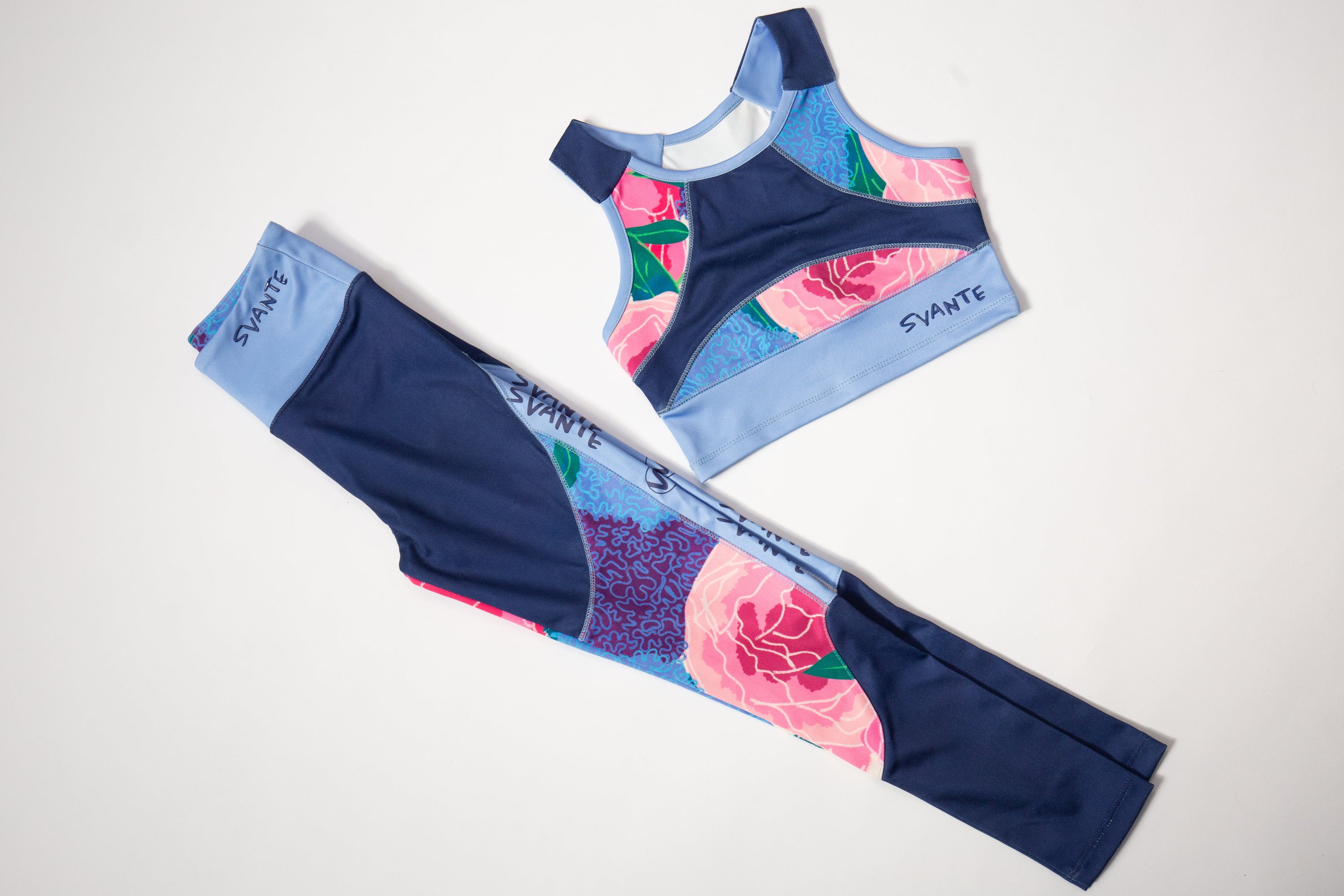
Toxic Swaps: Simple Changes I Wish I’d Made Sooner
Read time: 6 minutes
Toxic Swaps: Simple Changes to Reduce Everyday Chemical Exposure at Home
If you read our guide on endocrine disruptors, you’ll know how many hidden toxins exist in everyday life, from plastics and cleaning products to the clothes your children wear. Awareness is the first step.
Now we have suggestions on steps we can take to reduce and remove these toxins from our lives.
This article is your practical guide. No overwhelm. No panic. Just real, research-backed swaps that reduce exposure to hormone-disrupting chemicals in your home, especially important for children, whose systems are still developing.
At Svante, we believe clean living starts with knowledge and small, intentional changes. Let's go...
1. Switch to Natural Cleaning Products
Why? Most mainstream cleaning products contain ammonia, phthalates, chlorine, and synthetic fragrances, all of which can disrupt hormone function or irritate the respiratory system.
Swap it:
Replace bleach and surface sprays with:
-
White vinegar + bicarbonate of soda
-
Eco brands like Purdy & Figg, and Ecover
Top Tip: Fragrance-free, plant-based, biodegradable formulas.
2. Choose Toxin-Free Laundry Detergent
Why? Clothes sit against your child’s skin all day. If their detergent contains optical brighteners, artificial fragrances, or preservatives like methylisothiazolinone (MI), it can trigger skin reactions or hormone disruption.
Swap it:
-
Use unscented, non-bio detergents free from toxins and phosphates
-
Avoid fabric softeners altogether — they’re loaded with phthalates
3. Upgrade Your Personal Care Products
Why? Skin is a two way street, your skin absorbs what you put on it. Many personal care products contain parabens, triclosan, and synthetic fragrances which are all known or suspected endocrine disruptors.
Swap it:
For your children and yourself, switch to:
-
Fluoride-free toothpaste
-
Aluminium-free deodorant
-
Sulfate-free shampoo and body wash
Top Tip: Look for short ingredient lists and packaging marked “paraben-free” and “fragrance-free.”
4. Ditch Plastic Bottles and Food Containers
Why? Plastics like BPA and phthalates can leach into food and drink, especially when heated.
Top Tip: Use
-
Glass or stainless steel water bottles
-
Glass food containers or beeswax wraps for storage
5. Filter Your Water — Know What to Look For
Tap water might be treated to meet basic safety standards, but that doesn’t mean it’s clean.
Most households still receive water containing chlorine, chloramines, heavy metals, hormone residues, and other chemical pollutants like pesticides and trihalomethane, all of which can disrupt the body’s natural systems and contribute to skin, digestion, and hormonal issues.
So what should you look for in a good water filtration system?
Key Features to Look For:
-
Chlorine & Chloramine Removal – Essential for protecting skin, gut, and hormone health
-
Activated Carbon Filtration – Especially coconut carbon, which has a massive surface area for trapping pollutants
-
Multi-stage Filtration – Pre-filters for sediment + deeper carbon layers for hormone, metal, and chemical removal
-
Whole-House Option (optional) – If you want purified water from every tap (for drinking, bathing, and cooking), look for a whole-house system
-
No Plastic Taste – A good filter will improve taste, encourage hydration, and reduce the need for sugary cordials
Filtered water can be especially helpful for:
-
Children with sensitive skin
-
People prone to headaches, fatigue, or gut issues
-
Families trying to reduce cumulative toxin exposure
Top Tip: Avoid filters that only improve taste. Look for those that specifically reduce chlorine, heavy metals, pesticides, hormone residues, and microplastics.
6. Stop Handling Receipts
Why? Most thermal paper receipts are coated in BPA — a potent endocrine disruptor that can absorb through skin.
Top Tip: Go digital wherever possible.
If you must handle them (e.g. at work), wash hands and don’t store them in your pocket or bag.
7. Watch Out for “Fragrance” on Labels
Why? “Fragrance” is a legal loophole that can hide hundreds of chemical ingredients and many are untested for safety.
Top Tip: Opt for fragrance-free or naturally scented products with essential oils instead of synthetic perfumes.
8. Choose Toxin-Free Clothing
Why? Clothing is one of the most overlooked sources of chemical exposure. Synthetic fibres (like polyester) are often treated with stain-resistant, anti-microbial or anti-odour chemicals, many of which haven’t been tested for long-term safety.
Top Tip - Swap it:
Look for natural materials like:
-
Organic cotton
-
TENCEL™
-
Regenerative and organic cotton blends (like those used in Svante)
Avoid labels like:
-
“Wrinkle-resistant”
-
“Moisture-wicking”
-
“Stay-fresh” — they often mean “chemically treated”
Start Small. Build Clean.
You don’t need to throw everything out overnight. Toxin-free living is about progress, not perfection.
Start with what matters most: what your children eat, drink, breath and wear. Over time, these small daily swaps can have a massive impact on their long-term health.
At Svante, we’re proud to be part of that journey. We create natural, microplastic-free activewear for kids, free from toxic coatings, synthetic fibres, and skin irritants, because natural movement starts with clean materials.
Explore our collection of toxin-free sports wear for boys and girls
→ Svante: Activewear made to matter.
